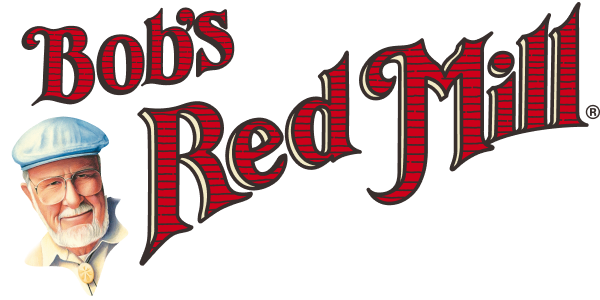


Lets talk tapioca. Its known for more than just pudding these days! Tapioca Flour is an integral part of gluten free baking and has risen in popularity as more gluten free options become available. Likely you'll find our Tapioca Flour in a well-stocked baking aisle of your local grocery store. It's a great staple to have in your pantry if you follow a gluten free or paleo diet as it's both gluten free and grain free. It is also an easy substitute for cornstarch and will improve the texture of your baked goods.
Tapioca Flour is made from the cassava root, Manihot esculenta, a woody shrub grown in tropical climates. Cassava is also known as yuca (but not the same as yucca), manioc, and mandioca and is grown in Thailand. The plant grows oblong tubers with a rough reddish brown skin, similar in appearance to a sweet potato. Cassava is planted in the spring and takes 8-12 months to reach full maturation. The tubers are then harvested, cleaned and shipped off for processing.
To make Tapioca Flour from cassava, the tubers are first peeled to remove the stem, excess soil and skin. The peeled cassava is then thoroughly washed, chopped and finely grated into a pulp. Water and the cassava pulp are then put into a hydrocyclone where they are spun to extract the starch and separate the fibrous pulp. The resulting starch liquid is then dried into our tapioca flour. Raw cassava root and peel contain naturally occurring cyanogenic glucosides and can be harmful when ingested often and in large quantities. It must be processed to make it edible. We recognize the hazards of under-processed cassava root and we work with our suppliers to ensure that our product has been processed in the appropriate manner to make the tapioca flour harmless. Our tapioca flour is also packaged in our dedicated Gluten Free Facility, where it is tested and confirmed gluten free in our quality control laboratory.
Why do you need tapioca flour for baking? Tapioca flour acts as the starchy component in gluten free baking. It also helps provide the light crisp texture of your pie crust and helps provide chew and elasticity in baked breads. It is particularly good to use when you want a browned crust: think golden crusty baguettes or crisp pizza crusts! Take a look below at some tasty user-submitted images, all of which were baked with the help of tapioca flour.
When we developed our gluten free flour blends and mixes, tapioca flour played a big role! It helped give a golden brown color to our Gluten Free Pie Crust and helped our gluten free cake mixes with their light springy texture. Check out all of our products that use tapioca flour below! Spoiler alert ... there are a lot!
Tapioca flour can also be used as a thickener. Where you would use all purpose wheat flour to thicken a stew or sauce, you can use tapioca flour instead in a 1 : 1.5 ratio. For example, if your recipe calls for 1 tablespoon of wheat flour, replace with 1 1/2 tablespoons of tapioca flour. We recommend whisking the tapioca flour with a small amount of cooking liquid first to create a slurry. This step helps prevent clumping. When added to a liquid, tapioca flour will give it a bit of a glossy finish. Keep this in mind when substituting tapioca flour for other flours/starches. Depending on your recipe this may or may not be a desired look. It'd be perfectly desirable for your strawberry rhubarb pie or lemon curd but maybe not so great for your sausage gravy!